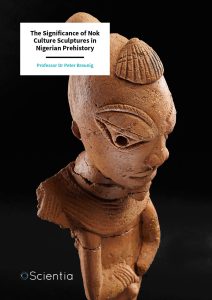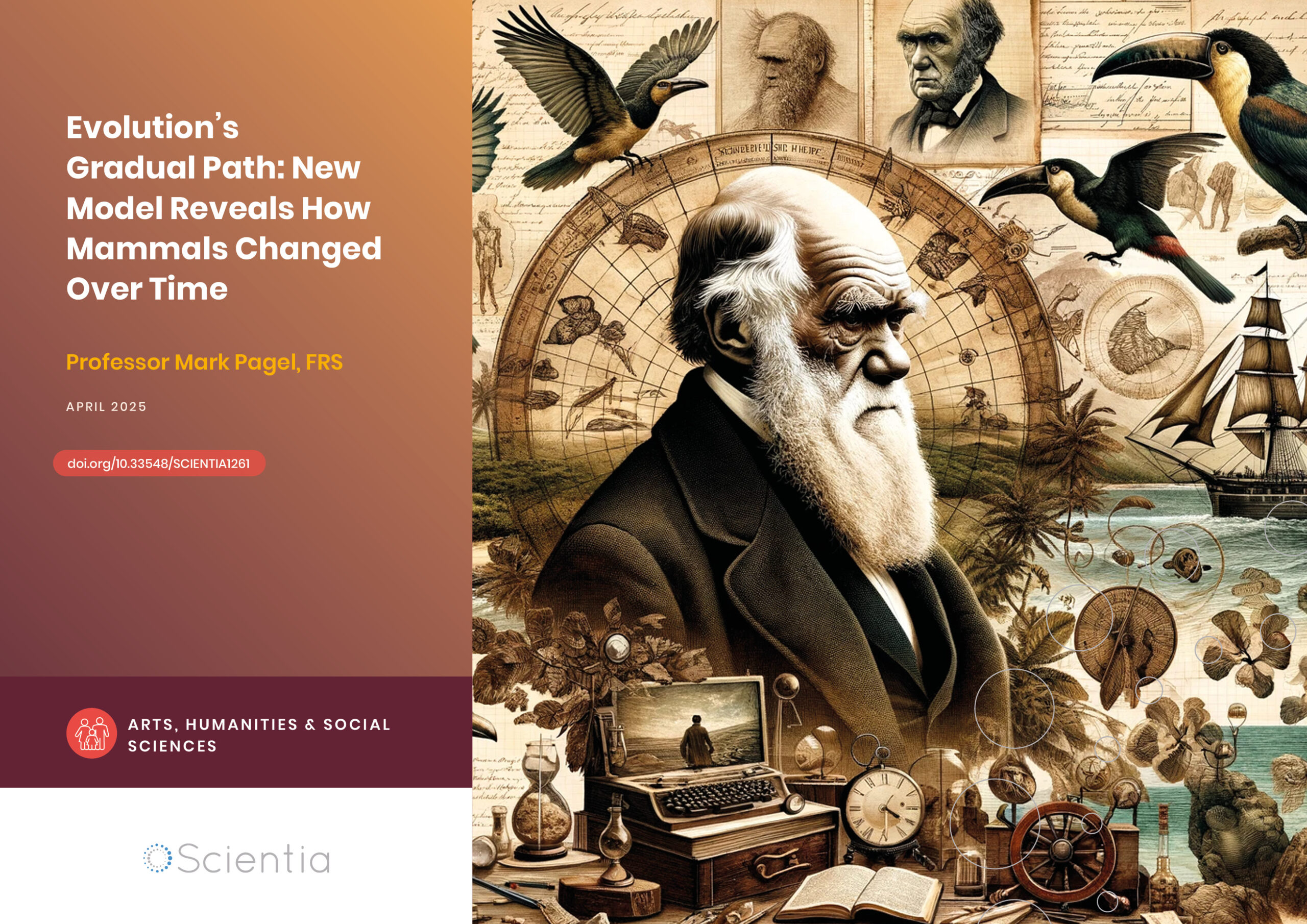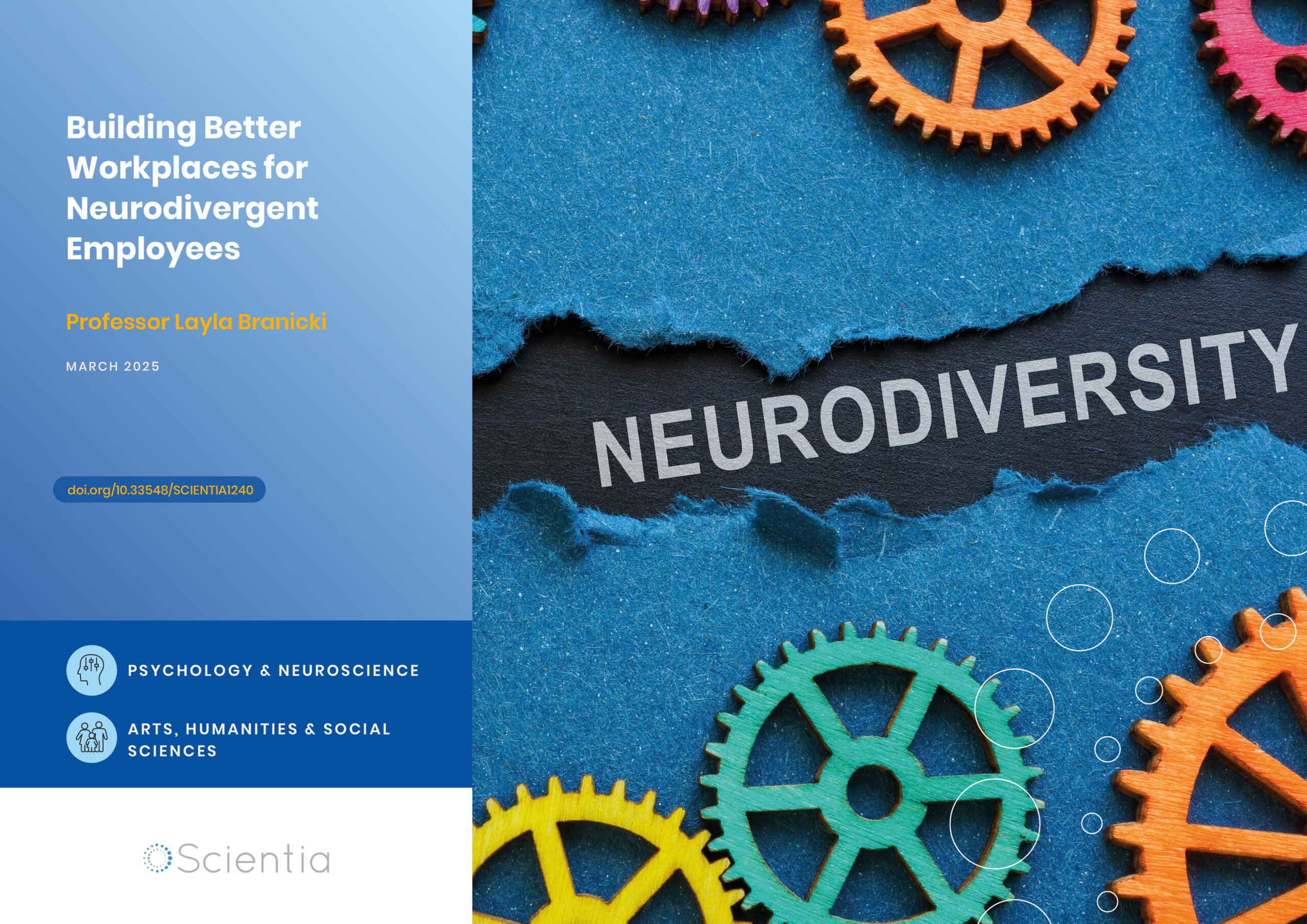Professor Peter Breunig – The Significance of Nok Culture Sculptures in Nigerian Prehistory
Peter Breunig is a Professor of Archaeology at Goethe University in Frankfurt, Germany. He has spent much of his recent career conducting in-depth analyses around the Nok culture, a prehistoric society based in central Nigeria. Much of his research has focused on uncovering the mystery surrounding elaborate terracotta sculptures, made by the Nok people over 2,500 years ago. Whilst there is much speculation around their purpose, Peter Breunig and his team have identified a spatial proximity to burial sites, indicating their usage in funeral rituals.
The Discovery of Elaborate Terracotta Sculptures
Elaborate art is associated even with prehistoric societies in the form of rock art, but often, the role it played, its meaning and its use elude us. Archaeologists have unearthed fascinating evidence demonstrating the existence of artistic sculptures dating back to the first millennium Before Common Era (BCE). In central Nigeria, evidence of rituals that experts believe unified peoples across large geographical areas was discovered in the form of remains of elaborate terracotta sculptures. Their creation provides an insight into the complex rites and spiritual beliefs that were in existence at the time.
The first known finds of such evidence date back to the 1920s. In the 1970s, British archaeologist Bernard Fagg published his key discoveries of elaborate terracotta sculptures unearthed in a region between the cities of Abuja, Jos and Kaduna in central Nigeria. Since then, there has been a high demand on the international art market for these sculptures as they are the oldest of their kind in sub-Saharan Africa. Sadly, this demand has led to extensive looting and the irretrievable destruction of contexts that represent the only possibility to gain more knowledge about the Nok culture to which the sculptures are commonly attributed.
Since their initial discovery, archaeologists have begun to question why these elaborate and intriguing pieces of art were created and what purpose they may have served. Peter Breunig, Professor of African Archaeology from the Goethe University in Frankfurt, Germany, has spent the last 15 years piecing together clues to understand more about why the sculptures exist and what they can tell us about the Nok people who lived and farmed in central Nigeria over 2,500 years ago.

Deposition of broken terracotta sculptures at the site of Pangwari during excavation 2013. Credit: Peter Breunig.
Origins, Chronology and Lifeways of the Nok Culture
The Nok culture was originally thought to date back to the Early Iron Age, which began around 500 BCE in West Africa. Archaeologists in the first scientific excavation in the 1960s found evidence of iron smelting forges along with the terracotta fragments from artistic sculptures, which led them to believe both existed at the same time. More recently, Peter Breunig and his colleagues have revised this timeline to begin much earlier. They have studied new evidence from radiocarbon dating of plant remains, a method used to determine the age of an object by measuring the amount of a radioactive carbon isotope with the atomic weight of 14 (C14) that is present. The results from this process suggest that the Nok culture actually began around 1500 BCE – a millennium earlier than initially proposed. This is supported by evidence from the ceramics found at Nok archaeological sites, which show a stylistic development from 1500 BCE onwards.
The new Nok chronology developed from radiocarbon dates and ceramic analysis gives us an insight into how the Nok culture gradually evolved over time. The Nok culture existed for almost 600 years before the first terracotta sculptures appear in the archaeological record – and iron technology appeared at least a couple of hundred years later. Its traces disappeared sometime in the last centuries BCE.
The origins of the Nok culture are unclear and there is no evidence of preceding inhabitants in this area, meaning it is likely that the Nok people emigrated from another region, probably from the north, to settle there. Due to the acidic nature of the soil, no bones have been preserved. Archaeologists are thus unable to determine if they kept domestic animals or went out to hunt for their food. There were some animals amongst the artistic sculptures but none were domestic, typically representing snakes, birds or monkeys. Based on an analysis of the lipid residue found in ceramic pots, it has been identified that the Nok people were likely to have consumed leaves from plants such as jute mallow, amaranth, African eggplant, okra, cowpea and kapok, still widely used today. Interestingly, they also found traces of honey, which could also have been used as a food source.
It has been difficult to build a clear picture of the dwellings used by the Nok culture. Their houses were typically constructed using degradable materials and few remains have stood the test of time. From the limited evidence available, it appears settlements covered small areas with only a few huts on each site. This suggests a scattered settlement system with individual farmsteads or houses. Typically, we would expect subsequent generations to occupy the same dwelling or site, but it seems that new generations moved to different locations within the local area. This frequent relocation could be due to the rapidly depleting soil quality and moving might have helped to generate a better food supply. Despite these settlements being scattered and only inhabited for relatively short periods, Peter Breunig believes there was shared culture amongst these people. The main piece of evidence that links them is the discovery of the terracotta sculptures throughout the whole distribution of the Nok culture.

Excavation of the site of Ifana showing terracotta depositions (centre and above left) in the neighbourhood of graves (below left and below right). Credit: Peter Breunig
The Production and Style of the Terracotta Sculptures
The terracotta sculptures found in the Nok culture region are the oldest large-scale sculptures in West Africa and the tradition to produce them is confirmed to date back to the 9th century BCE. Production of the sculptures seems to have rapidly reduced, if not stopped, around 400 BCE and archaeological evidence of its presence since then is only rarely found, seemingly replaced by new ceramic styles and converging evidence pointing to a new group of people. What is particularly interesting about these sculptures is that despite being made for over 500 years, their style has remained consistent. Typically, stylistic changes would be expected, especially as it is a creative object that has been replicated by different generations of artisans. Peter Breunig has noted that despite being found in different locations and contexts, the same motifs reoccur.
A second notable feature is that all the sculptures are made from clay that is composed in a very uniform way. As there is no evidence of a central workshop, it appears that these sculptures may be made by wandering craftsmen, making their uniformity even more astonishing. It has been proposed that this disparate method of production may have been required to supply sculptures throughout the scattered settlement system. As they were only produced for a specific period of time, it is speculated that the sculptures were used for a specific purpose but then became obsolete. Peter Breunig has remained curious about why they were created and has undertaken in-depth research to shed light on their existence.

Life-sized Nok terracotta head unearthed at the site of Ifana. Credit: Peter Breunig
Searching for the Meaning of Nok Culture Sculptures
Over the years, there has been much speculation about the use of these magnificent sculptures. Some suggest they were shrines, which stood in farmers’ fields to ensure a rich harvest. Others believe them to have an architectural function, as decorative capstones on the roof of round straw huts. When initially found near smelting forges, they were suggested to be part of religious or magical rites during the creation of iron.
Other notable theories suggest they are temple decorations, commissions from wealthy rulers or even the sign of a snake cult. However, most of these suggestions are merely speculations and based on very limited evidence. Peter Breunig believes that the location of these sculpture fragments could help to reveal the reason for their existence.
In 2016, Peter Breunig and his colleagues began an in-depth analysis of the spatial context of the remains. They reviewed the location of sculpture fragments within a number of excavated sites, and found that some fragments had been close to what is interpreted to be Nok burials. While no human remains have been preserved due to the soil acidity, burials can still be identified through a number of factors.
The first is the remnants of organic decaying matter, which is identified by a technique called X-ray fluorescence. Second, these can be identified by the array of goods buried, such as fine ceramics and stone necklaces. Next to some burials, large fragments of terracotta were found but none were intact, along with broken pieces of different sculptures that could not be matched. They looked to be purposely buried underground, sometimes on a bed of stones. In other instances, the stones lay amongst the fragments as if they were used as tools to destroy them. Charcoal remains were also found, providing evidence that fire was involved in the ritual.
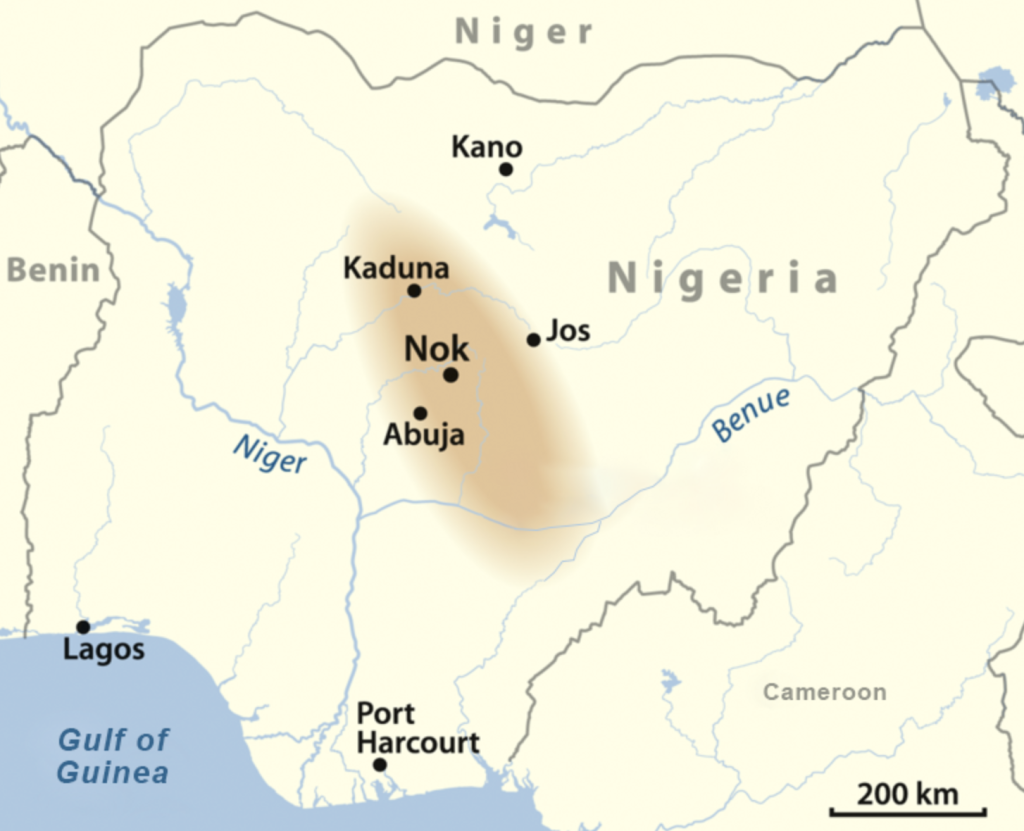
Map illustrating the spread of Nok culture. Credit: Peter Breunig.
Gaining Critical Insights into Ritual Complexity
Peter Breunig strongly believes that the proximity of the sculptures to the Nok culture burials indicates their use was as part of complex funeral gatherings or rituals. It is possible that the sculptures represented the dead. Importantly, this research provides evidence that counters some of the earlier theories around the purpose of the sculptures within Nok culture. In particular, it discounts the idea that they were an example of social complexity within this civilisation; previously the sculptures had been heralded as an indicator of inequality, hierarchy and nucleation of settlement systems.
Peter Breunig’s analysis strongly suggests that these large sculptures first appeared in the early first millennium BCE, which is earlier than originally suggested and that they were used as part of funeral rituals. While some questions remain unanswered, Peter Breunig’s fascinating research helps to solve the mystery of these elaborate sculptures, which were created with such care and precision over 2,500 years ago.
SHARE
DOWNLOAD E-BOOK
REFERENCE
https://doi.org/10.33548/SCIENTIA816
MEET THE RESEARCHER
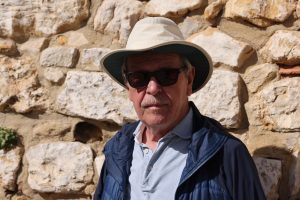
Professor Dr Peter Breunig
Institute of Archaeological Sciences
Goethe University
Frankfurt
Germany
Peter Breunig was appointed Professor of African Archaeology at Goethe University in Frankfurt, Germany, in 1992. This is the only chair for African Archaeology in Germany. Upon his retirement in 2019, he was appointed Distinguished Professor at the same institution, where he had taught and conducted research for almost 30 years. He specialises in prehistoric archaeology, especially African archaeology, and in 2009, became the director of a long-term project funded by the German Research Foundation focusing on the development of complex societies in sub-Saharan Africa, featuring the Nigerian Nok Culture. Peter Breunig has taken a holistic approach to his research into this prehistoric society covering chronology, settlement, distribution, regional diversification, material culture, economy and environment. From 2003 to 2017, Peter Breunig was the editor and then co-editor of the international and peer-reviewed Journal of African Archaeology. In addition to publishing numerous academic papers and books, he has recently written a chapter for The Oxford Handbook of Nigerian History, which focuses on the prehistoric developments in Nigeria.
CONTACT
E: breunig@em.uni-frankfurt.de
KEY COLLABORATORS
National Commission for Museums and Monuments, Headquarter, Abuja, Nigeria
Professor Muhammad Kabir Aliyu, Ahmadu Bello University Zaria, Nigeria
Professor Joseph Mangut, University of Jos, Nigeria
Professor Joseph Jemkur, University of Jos, Nigeria
Professor Katharina Neumann, Institute for Archaeological Sciences, Goethe University, Frankfurt, Germany
Dr Angela Fagg Rackham, Hampshire, UK
FUNDING
German Research Foundation
Goethe-University Frankfurt/Main
FURTHER READING
P Breunig, The Oxford Handbook of Nigerian History, Oxford University Press, 2022.
P Breunig, N Rupp, An Outline of Recent Studies on the Nigerian Nok Culture, Journal of African Archaeology, 2016, 14(3), 237–255. DOI: https://www.jstor.org/stable/44295241

REPUBLISH OUR ARTICLES
We encourage all formats of sharing and republishing of our articles. Whether you want to host on your website, publication or blog, we welcome this. Find out more
Creative Commons Licence (CC BY 4.0)
This work is licensed under a Creative Commons Attribution 4.0 International License. 
What does this mean?
Share: You can copy and redistribute the material in any medium or format
Adapt: You can change, and build upon the material for any purpose, even commercially.
Credit: You must give appropriate credit, provide a link to the license, and indicate if changes were made.
SUBSCRIBE NOW
Follow Us
MORE ARTICLES YOU MAY LIKE
Professor Mark Pagel | Evolution’s Gradual Path: New Model Reveals How Mammals Changed Over Time
A groundbreaking statistical model developed by Professor Mark Pagel and colleagues at the University of Reading demonstrates that even dramatic evolutionary changes in mammals can be explained through gradual Darwinian processes, resolving a long-standing puzzle in evolutionary biology and challenging our understanding of how species change over time.
Professor Layla Branicki | Building Better Workplaces for Neurodivergent Employees
The landscape of work is undergoing a radical transformation, with flexible arrangements and remote working becoming increasingly embedded in organisational culture. However, for the estimated 15-20% of people who are neurodivergent – including those with Autism Spectrum Disorder (ASD), Attention-Deficit Hyperactivity Disorder (ADHD), dyslexia, and other cognitive differences – navigating the workplace can present unique and sometimes overwhelming challenges. Researchers at the University of Bath have conducted the largest UK study of its kind, exploring how flexible working practices can support neurodivergent employees in the workplace, revealing both challenges and opportunities for creating more inclusive work environments.
The Decline of Volunteering in America: Economic Factors and Rural-Urban Differences
Volunteering rates have been declining across the US in recent decades, raising concerns about the health of civil society and local communities. Researchers Dr Rebecca Nesbit, Dr Laurie Paarlberg, and their colleagues have investigated the complex economic and geographic factors contributing to this trend. Their work sheds light on how economic conditions, rural-urban differences, and community characteristics shape volunteering behaviors across the country.
Dr Anne Hultgren | Blinding Success: How Removing Institutional Bias Improves Research Funding
New research from the Arnold and Mabel Beckman Foundation shows that blinding grant reviewers to applicants’ institutions leads to fairer funding decisions, particularly benefiting early-career scientists from less prestigious universities. The findings demonstrate how simple changes to review processes can help combat systemic biases in research funding.

